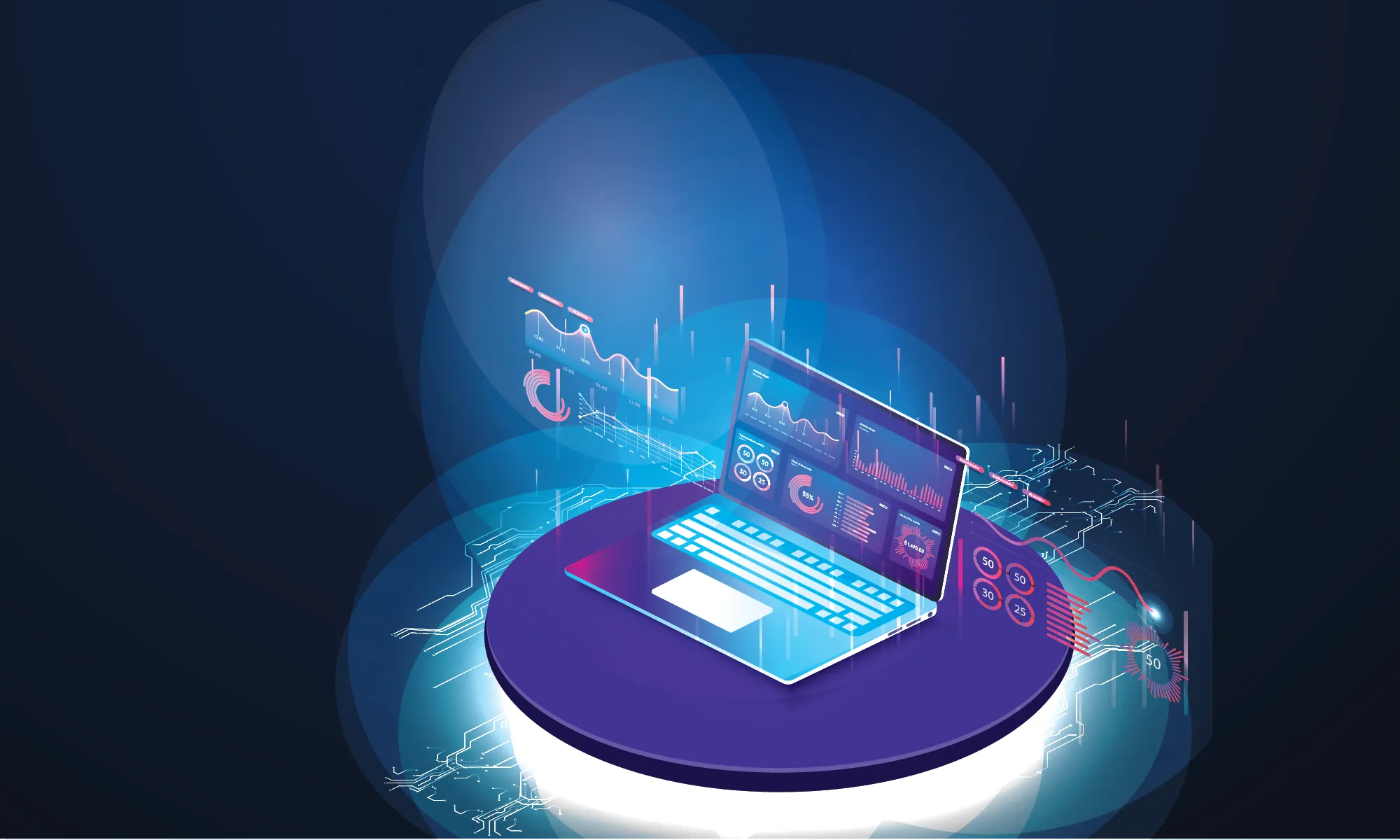Compliance is built on trust, or at least, it should be. For decades, businesses have trusted people, processes, and spreadsheets to keep them compliant. And while that's worked (mostly), it's also been slow, manual, and expensive.
Here's the problem: across the indirect tax lifecycle, calculation, e-invoicing, reporting, and returns, each part has evolved independently. Different tools. Different data. Different frustrations.
The “modern” tax infrastructure for most companies is a jigsaw puzzle made of pieces from different boxes. Every piece technically belongs to a puzzle but none of them were designed to fit together. Every new rule or reporting mandate adds complexity, and every fix adds another layer of effort.
The result is a compliance model that depends on human vigilance instead of systemic intelligence. That model won't sustain.
This is a 3-part series in which I delve into the problems the indirect tax industry is facing, and how autonomous compliance can be the way forward.
Real-time reporting demands are outpacing human capacity
Tax authorities are moving to real-time reporting and leveraging AI to comb through data and find anomalies, their methods are more advanced than tax professionals believe. This isn't the case for the professionals managing a business's indirect tax.
During a recent roundtable, I asked how many were still using excel for data consolidation and manipulation as part of tax preparation; nearly everyone raised their hand. Real-time compliance is coming fast and people stuck in spreadsheets are standing, wide-eyed staring into the headlights.
Today, compliance is a series of disconnected steps.
Take a recent Fonoa customer example: their ERP collapses millions of global transactions into a single tax code, leaving the tax team to spend days manually separating, cleaning, and re-coding the data just to assess tax and create a file their compliance tool can ingest. The result? Significant audit exposure and, more critically, no traceability back to the source, making it nearly impossible to defend how tax was reported.
But in the very near future, the month-end process for this tax team will look completely different.
Instead of collapsing transactions under a single tax code, data will flow automatically in real time, enriched with the right product, customer, and jurisdiction attributes at the source. Autonomous data agents, purpose-built for tax, will monitor the incoming data stream, identify inconsistencies, and correct misclassified transactions before they ever hit the compliance layer.
What used to take days of manual spreadsheet work is now handled instantly. The agents act like digital workers performing tasks such as retrieving and categorizing data and routing exceptions. Reasoning models act like tax business analysts to assign country-level tax treatments and explain the rationale.
Instead of reacting at month-end and weeks spent every period sorting through data, the tax team is empowered with a live view of their global compliance status and a traceable process tied directly to source data.
Two trends make autonomous compliance possible
Around the world, tax authorities are moving toward continuous transaction controls and real-time reporting. The pace of regulatory change is accelerating, and manual processes can’t keep up. What used to be an end-of-month activity is now a live, data-driven exchange between companies and governments.
At the same time, artificial intelligence has reached a point of maturity that makes it genuinely useful for operational activities. Modern AI systems can extract, validate, and interpret transactions faster and more consistently than teams of people ever could.
The convergence of these two forces transforms tax from a repository of everyone else’s bad data into a proactive, strategic partner to the business.
Tax becomes strategic
This shift means tax professionals move away from repetitive checks and reconciliations and into roles where they interpret insights, manage risk, and shape strategy.
Meanwhile, CFOs and leadership teams have a level of visibility and control they've never had before: confidence in knowing that the system is watching, learning, and ensuring compliance even as the business evolves.
Tax, this is your moment.
And now that we’ve covered the opportunity, let’s explore what this vision for the future actually looks like. Next in this series: What autonomous compliance actually looks like (and why it's not science fiction).















